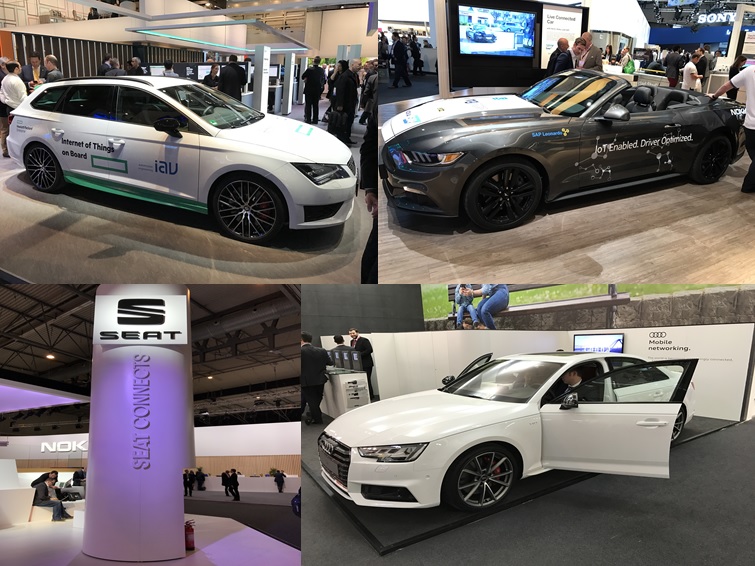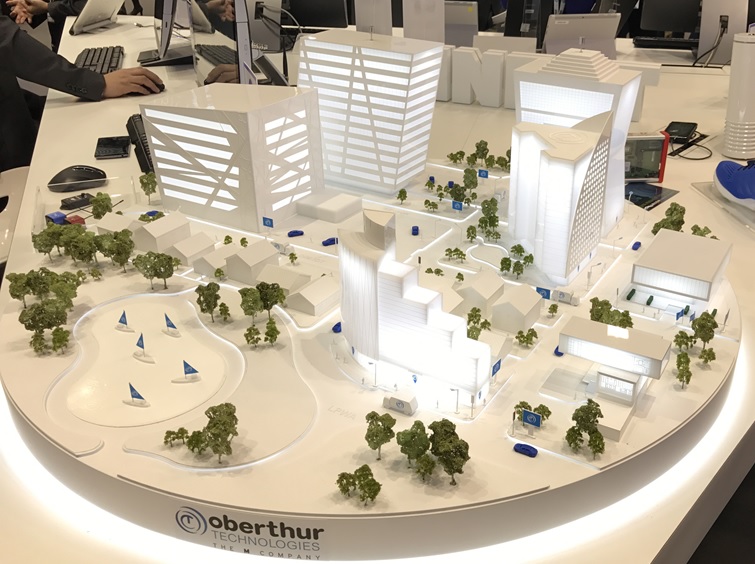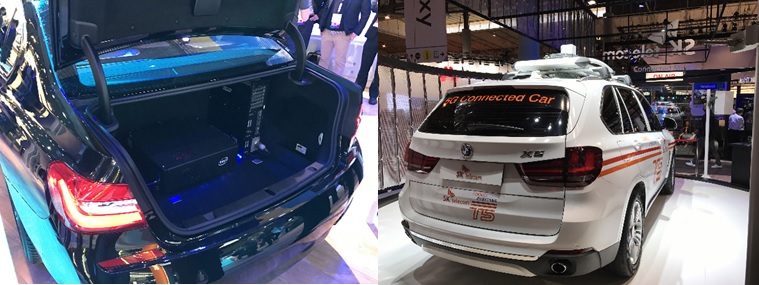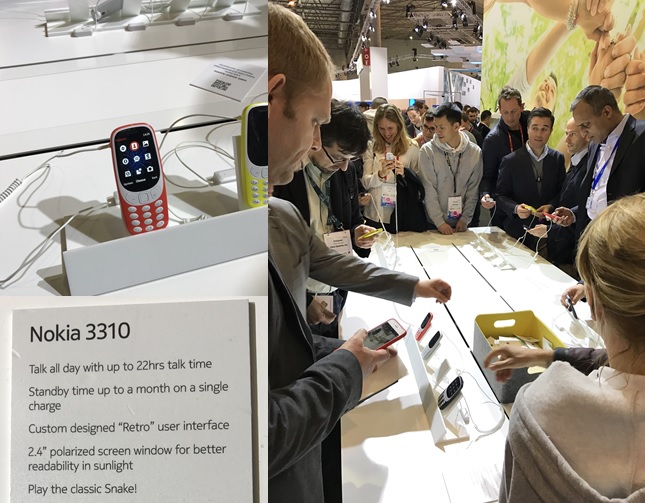As Communications Service Providers (CSPs) worldwide scale up the deployments of their 5G networks, they face strong pressure to optimize their Return on Investment (RoI), given the massive expenses they already incurred to acquire spectrum as well as the ongoing costs of infrastructure rollouts.

Key Take-aways From Mobile World Congress 2017
Last week I had the pleasure of attending Mobile World Congress 2017 in Barcelona, Spain, which is the largest conference in the world for everything related to mobile communication. This year’s show had around 108,000 participants from about 208 countries and more than 2,300 different exhibitors.
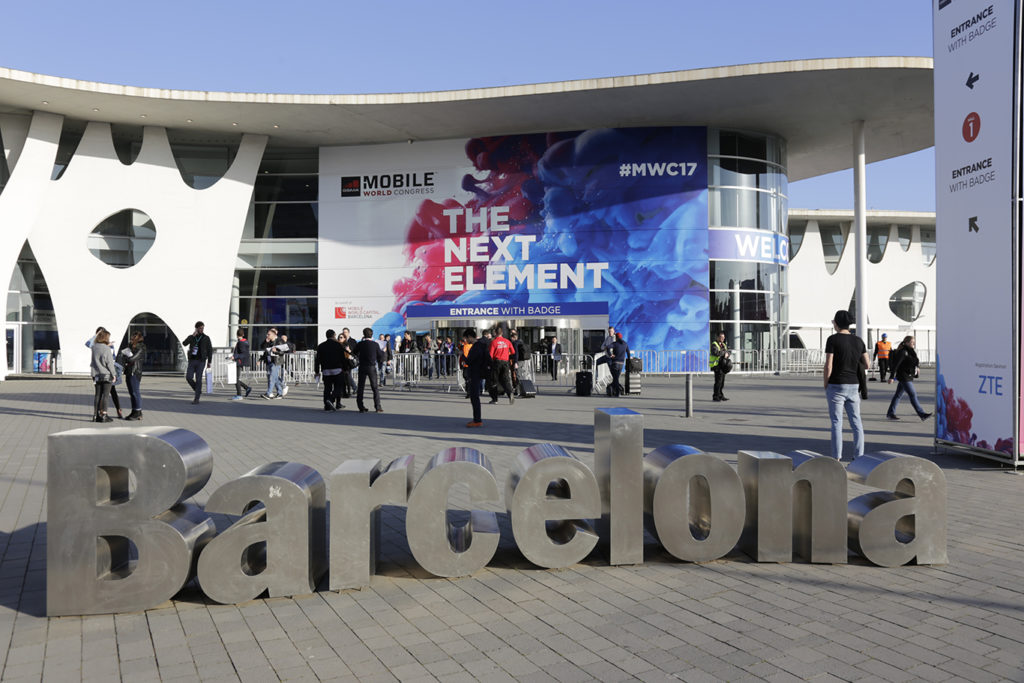
Figure 1: Mobile World Congress 2017 entrance
Two of the major topics from last year’s conference, 5G connectivity and Internet of Things (IoT), still played a significant role this year, joined by a new topic – connected and autonomous cars.
In fact, the presence of this new theme as well as the physical presence of cars at a number of booths, did make one wonder if they were at the International Motor Show in Frankfurt.
This new feature at Mobile World Congress has sparked some thoughts which I would like to discuss in this article.
Figure 2: International Motor Show in Frankfurt or Mobile World Congress in Barcelona
Can the telecom industry survive as it is now?
With IoT being such a huge presence, many of the latest and greatest new innovations will be centered around mobile devices and the telecom industry plays a major role in providing the connectivity between all these devices. But if we search for ground-breaking new innovations within the telecom industry, we will only find incremental improvements in network connections, speed and network latencies.
The telecom industry seems to have saturated at a stage where they are now working on finding a way to monetize all the data traversing their networks and they have exclusive ownership of the customers.
In my opinion, the telecom industry should think beyond just connectivity and become an active player in the mobile innovation space. Otherwise, their role could get reduced to just that of an access technology provider and the true value of the mobile revolution would end up belonging to the hyper-scale datacenter guys.
Where are we with the rollout of 5G?
The rollout of 5G networks will provide higher connectivity speeds, lower latencies and better Quality of Services (QoS) compared to exisitng 3G, 4G and LTE networks, but we are still searching for the ultimate 5G use-case that will be a game-changer.
The official 3GPP 5G standard will not be completed until 2020 and as a result, mobile operators like Verizon and Korean Telecom are now pushing for deployment of pre-standard 5G networks. The industry is divided on large scale deployment of pre-standard equipment – one camp thinks it will speed-up the completion of the official standard and the other considers it a major risk factor for the successful rollout of a global 5G infrastructure, as 5G equipment from different vendors might not be interoperable.
Personally, I believe that we will see some pre-standard 5G trail deployments this year and commercial operations in the same timeframe as the official standard is ratified.
IoT is moving forward on the hype curve
Over the last few years we have seen people talk about IoT in the context of Smart Cities, and how this could help preserve energy as well as reduce waste and traffic congestions. These are all great ideas for the environment, but it would require astronomical investments to implement IoT technology in every street lamp and city bin and furthermore to establish the needed communication infrastructure. So far these investments in equipment and infrastructure have proven to be major obstacles in the creation of Smart Cities at a larger scale.
Figure 3: IoT is everywhere
Lately, IoT has caught the interest of manufactures running large-scale industrial production, as a technology to streamline and increase productivity. According to GE, a 1% improvement in productivity efficiency would translate into a 10-15 trillion USD increase in the global GDP over a period of 15 years. Autonomous cars are coming
As I mentioned earlier, connected and self-driving cars was a major theme this year. There were some impressive technologies exhibited by a range of companies from car manufactures like Seat, car parts OEMs like Bosch, integrated circuit vendors like Intel and mobile network operators like SK Telecom.
Why is there this high level of interest around autonomous cars at a conference for the mobile industry?
Autonomous cars could be the killer use-case that the mobile industry is searching for to kick-start 5G connectivity. An autonomous car could very well require a reliable, high-speed and low-latency network connection to exchange information with a central datacenter or between other autonomous cars.
I have no doubt; self-driving cars will become a reality within the next few years. The core technologies are available today, they just need a few cycles of refinement and they will be ready for seamless integration into a standard car. The widespread adoption of autonomous cars will more likely be slowed by legislation and critical ethical questions.
Figure 4: Seamless integration of technology for autonomous cars
The coolest thing at the show?
Personally, I was blown away by Roborace, the world’s first racing series for driverless electric autonomous cars. In Roborace, competing team’s will be utilizing the same car configuration like chassis, engine and battery pack. Only the controlling software will be developed by each team. With this development, in a car race, it will no longer be the fastest car with the best driver that will win, but the one with the best controlling software. The Robocar was officially launched at this year’s conference and although I didn’t get to see the car in motion, its shape and stunning looks were just mind boggling.
Video 1: Official launch of Robocar
I can’t wait to see one of these in a full race with other competing cars. Just imagine what will happen when two cars are side by side approaching a corner. Who will take the corner first? The one who break’s last, the one with an alternative racing line or will they collide and crash?
The biggest flop at the show
In my view Nokia’s attempt to reinvent themselves by introducing a retro version of one of their most famous mobile phones, the Nokia 3310, could be a candidate for the biggest flop at the show. We have seen many other companies offering retro versions of older successful products, where they combine the old and much-loved looks with the latest technology, like – Volkswagen Beetle, BMW Mini Cooper and TAG Heuer Carrera. In the case of Nokia 3310, the retro look is present but the latest technology is lacking.
